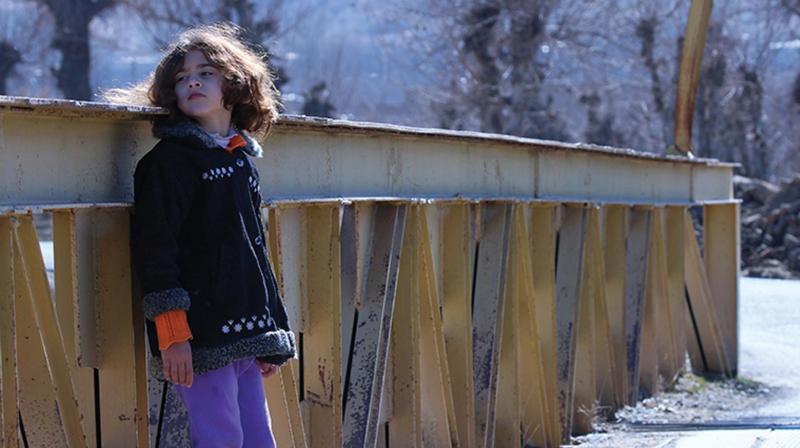Pol-e-Sefid movie review: In Ghavitan's world, miracles happen without fanfare
Pol-e-Sefid, which is competing for Suvarna Chakoram, has no need for the cunning of SFX to create magic.

THIRUVANANTHAPURAM: It is quite refreshing to watch a Cinderella-like fantasy of oppression and triumph without the eye-popping turmoil of visual effects. Iranian filmmaker Ali Ghavitan's ‘Pol-e-Sefid’ (White Bridge), which is competing for the Suvarna Chakoram at the 22nd IFFK, has no need for the cunning of SFX to create magic. In Ghavitan’s film, the heart-soaring moment happens not stunningly, but almost discreetly, just the way miracles happen in real life.
‘White Bridge’ tells a simple tale of a disabled girl’s persistence to get back to the school from where she had been turned away citing inferior intelligence.
Here, the miracle of transformation is made possible not by a fairy godmother or shape-shifting lizards or magic slippers but by some less fanciful but mightier power that can easily fill up dead rivers and soothe a heat-stricken land with a protective blanket of mist; the hand of God perhaps.
If a Disney fantasy is like being in a wildly swaying Ferris wheel, watching ‘White Bridge’ is like standing still and taking in the profound but painful barrenness of the mighty peaks that surround the desolate landscape of Iran. And just when the sight becomes unbearable, the miracle happens. It is shown not with any dramatic opulence but with a self-effacing restraint. The mighty event is unleashed with no more drama than a commonplace event like a bird taking flight from a branch. The bleak wretched landscape reflects the girl’s seemingly hopeless plight. The girl, disabled after an accident, suddenly finds it hard to grasp numbers and colours.
To make it amply clear that taking the child back was impossible, the school principal (the step mother equivalent) tells the mother that her daughter would be taken back if a long dead river that had once passed under a rusty old bridge came back to life. The sarcasm goes over the child’s head, and she keeps watching over the rusted railing of the bridge for the ghost river to return to life. The landscape around the life of the girl and her mother - the falling trees, the grey-black grass patches that look like static porcupines from above, the barren mountains and the dead leaves scattered on the road that she and her mother cycles through – all of it emphasised the futility of the little one’s wish.
And then, all of a sudden, there is a flood under the noisy bridge. When the impossible happens, the girl recovers her gift for colours and numbers. Ghavitan infuses the moment with Biblical gravity. In the distance the girl glimpses a Jesus-like figure, lean and bearded like the son of God but in jeans and shirt, talking to a farmer working the mud banks in the nearby farm.

